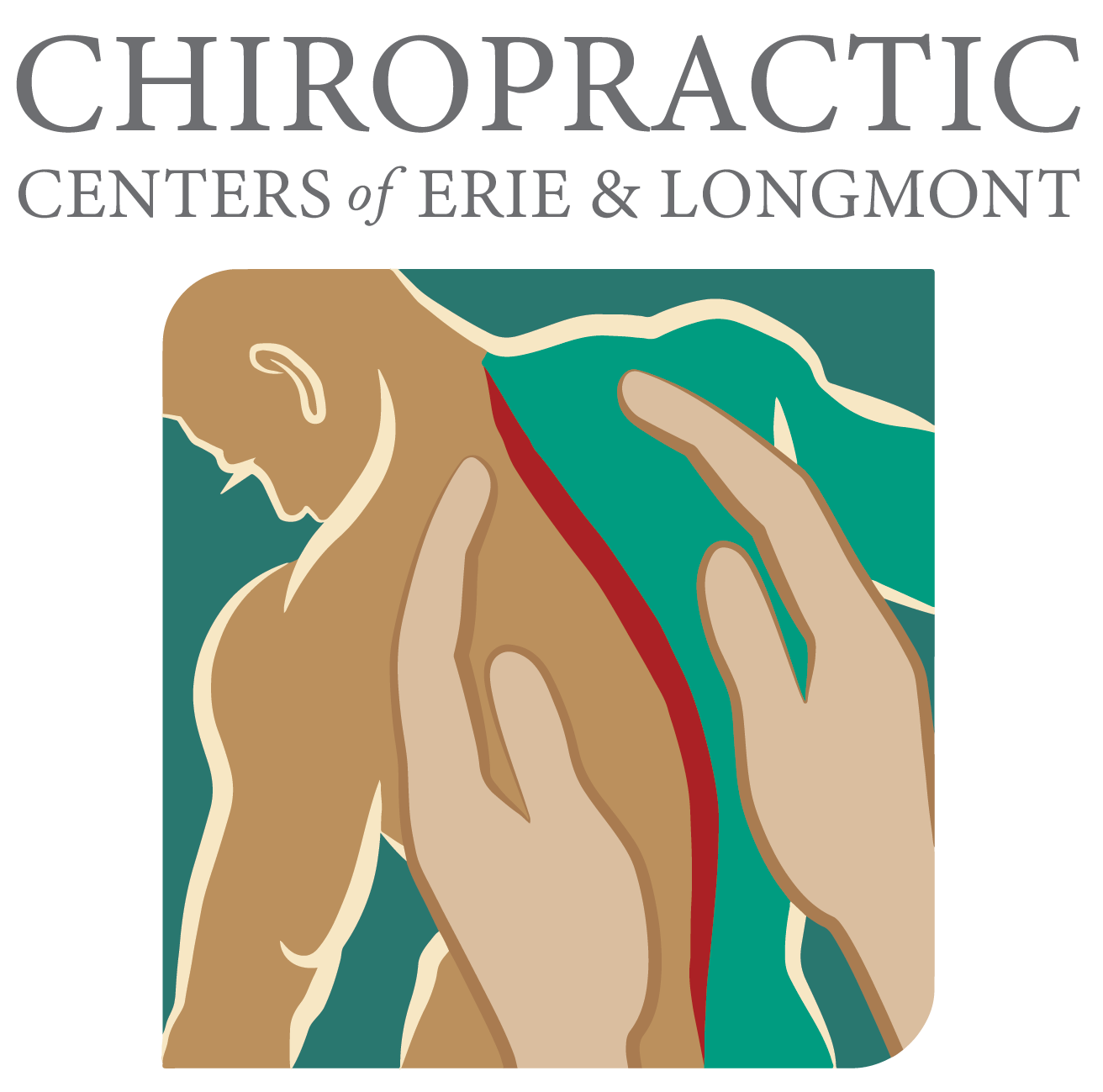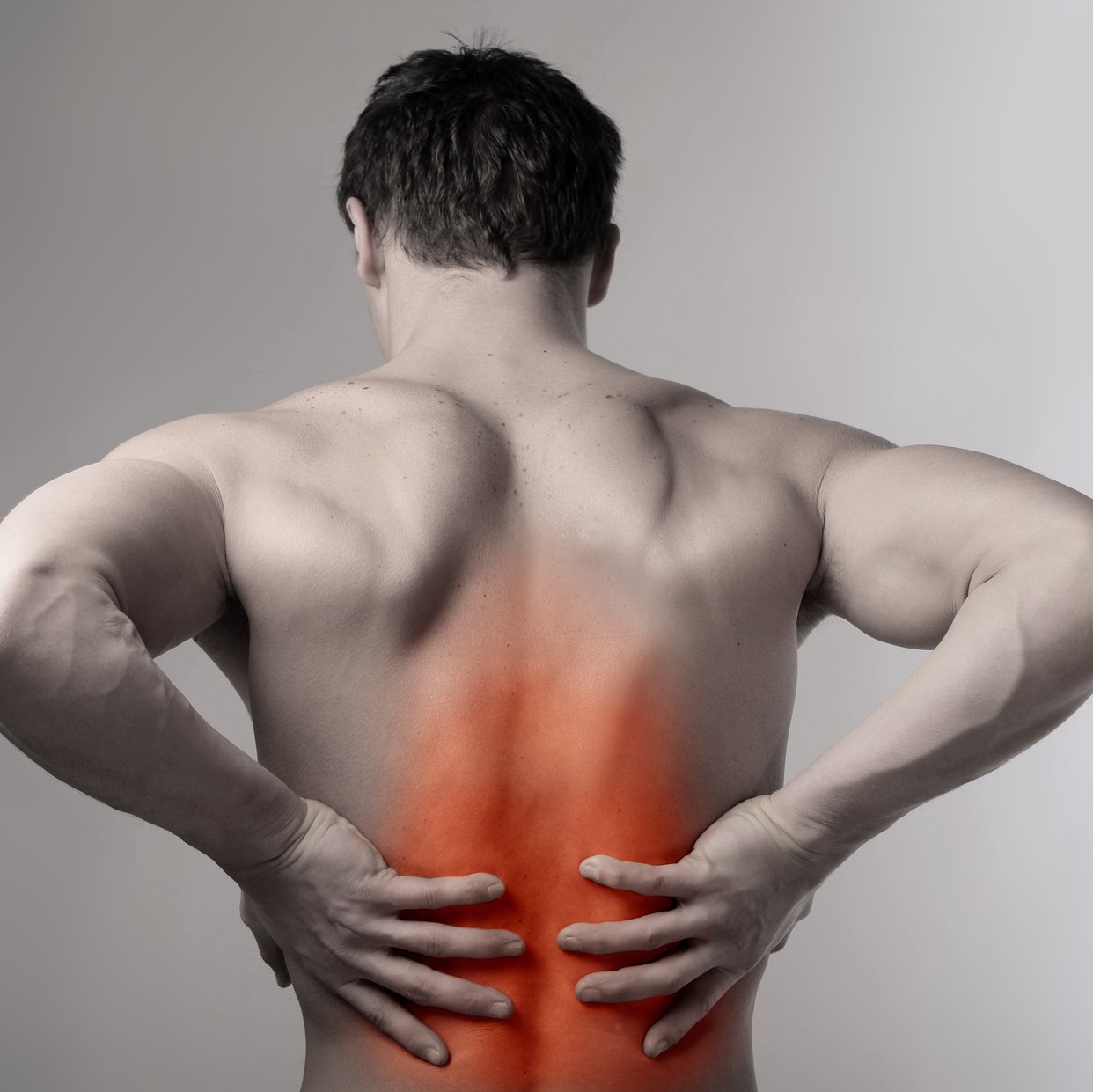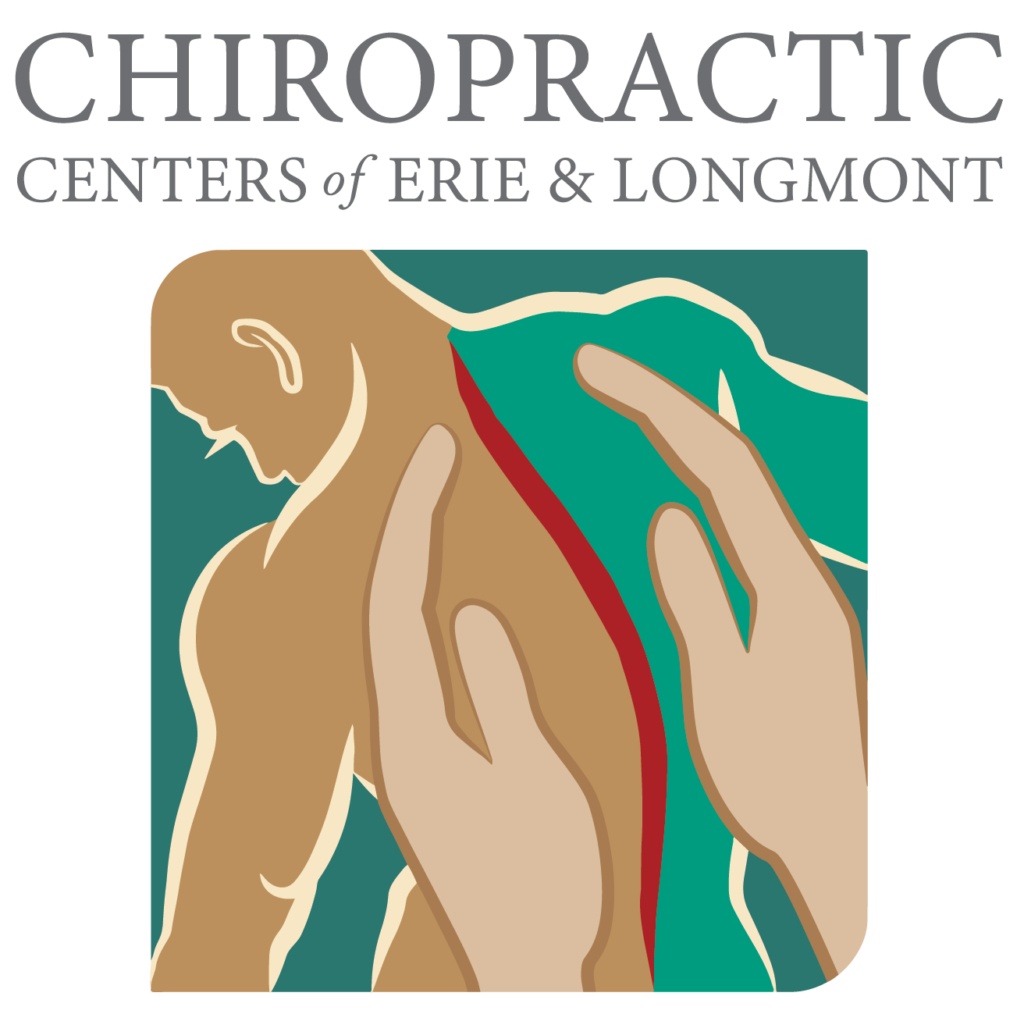Chiropractic Adjustment for Hip Pain: Alleviate Discomfort and Improve Mobility
Experiencing sharp twinges in your hip area or struggling with chronic hip pain? Perhaps it’s time to consider a different approach. Discover the healing power of chiropractic care and how it can help you regain freedom from discomfort and improve mobility. Our team at Chiropractic Center of Erie and Longmont is on a mission to demonstrate how hip pain doesn’t have to be an unavoidable part of your daily life. With holistic-specific adjustments, our experienced chiropractors can help alleviate your hip pain, allowing you to stride with confidence and reclaim your active lifestyle.
Chiropractic adjustments for hip pain involve gentle and targeted manipulations of the spine and pelvis to correct misalignments that may be causing discomfort. These adjustments can help restore proper joint function, reduce inflammation, improve circulation, and promote healing, ultimately providing relief from hip pain. While individual results may vary, many patients have reported significant improvement in their hip pain symptoms following chiropractic care. It is important to consult with a qualified chiropractor to assess your specific condition and determine the best course of treatment for your hip pain.
Identifying Hip Pain Causes
When it comes to hip pain, identifying the underlying causes is essential for effective treatment and pain relief. There are various factors that can contribute to hip discomfort, and understanding the root cause can help chiropractors develop personalized treatment plans.
Let’s take a closer look at some of the common causes of hip pain:
- Overuse or Repetitive Strain Injuries: Engaging in activities that put excessive stress on the hip joint, such as running or jumping, can lead to overuse injuries. Repetitive motions can strain or sprain the surrounding muscles, tendons, and ligaments.
- Arthritis: Osteoarthritis, rheumatoid arthritis, or other forms of arthritis can affect the hip joint and cause inflammation and pain. This degenerative condition often worsens with age.
- Bursitis: Bursae are small fluid-filled sacs that cushion the joints. When these sacs become inflamed due to repetitive stress or injury, it can result in bursitis and lead to hip pain.
- Labral Tears: The labrum is a ring of cartilage that surrounds the hip socket and provides stability. Injuries or trauma can cause tears in this cartilage structure, leading to hip pain and limited range of motion.
- Accidents and Falls: Traumatic events like accidents or falls can result in fractures or dislocations of the hip joint, causing severe pain and mobility issues.
- Muscle Imbalances: Muscle imbalances around the hips can place uneven stress on joints, leading to pain and discomfort.
Identifying the specific cause of your hip pain will require a thorough examination by a chiropractor or healthcare professional specializing in musculoskeletal conditions. They will consider your medical history, perform physical exams, and recommend imaging tests like X-rays or MRI scans to get a better understanding of the underlying issues.
Now that we have a better understanding of the potential causes, it’s important to explore the common triggers that exacerbate hip pain.
Common Hip Pain Triggers
While the underlying causes mentioned above contribute to hip pain, certain triggers can worsen the symptoms and make movement more uncomfortable. By identifying these triggers, individuals can learn to manage or avoid them, leading to improved quality of life.
One common trigger for hip pain is excessive sitting or maintaining a sedentary lifestyle. Prolonged periods of sitting can lead to muscle imbalances, stiffness, and reduced circulation in the hips. Incorporating regular breaks to stand up, stretch, and move around can help alleviate some discomfort.
Another trigger is sudden or repetitive movements that put excessive strain on the hips. Activities like running on hard surfaces or participating in high-impact sports without proper conditioning can worsen hip pain. It’s important to gradually build up intensity and incorporate appropriate warm-up and cool-down exercises.
Poor posture is also known to aggravate hip pain. Incorrect alignment while sitting or standing can place additional stress on the hips, leading to further discomfort. Practicing good posture by maintaining an upright position with the shoulders back and avoiding slouching can help alleviate some strain on the hips.
Excess body weight places added pressure on the hip joint, which can contribute to pain. Losing weight through a balanced diet and regular exercise can help reduce this burden on the hips and promote better joint health.
Lastly, footwear choices can impact hip pain. Wearing shoes that lack proper support or have worn-out soles may affect gait and increase pressure on the hips during walking or other activities. Opting for supportive footwear with cushioning and proper arch support can make a significant difference.
By identifying these common triggers, individuals experiencing hip pain can take proactive steps to minimize discomfort and support their recovery. Embracing healthy habits and making necessary lifestyle modifications can have a positive impact on hip health.
Underlying Conditions Affecting Hip Pain
Hip pain can be a debilitating and frustrating experience, impacting our daily activities, mobility, and overall quality of life. It is essential to understand the underlying conditions that may contribute to hip discomfort in order to seek appropriate treatment.
One common cause of hip pain is overuse or repetitive strain injuries. Athletes and individuals who engage in high-impact activities like running or jumping are more susceptible to these types of injuries. The constant stress on the hip joint can lead to inflammation, muscle imbalances, and ultimately, pain.
Arthritis is another prevalent condition associated with hip pain. Osteoarthritis, commonly known as wear-and-tear arthritis, occurs when the protective cartilage that cushions the joints gradually wears away. This can result in bone-on-bone contact and immense discomfort in the hip joint.
Bursitis, an inflammation of fluid-filled sacs called bursae that cushion the joints, can also contribute to hip pain. The bursae help reduce friction between tissues, but when they become irritated or inflamed due to repetitive motions or injury, intense pain may ensue.
Labral tears are another factor leading to hip pain. The labrum is a ring of cartilage that lines the socket of the hip joint, providing stability and cushioning. Tears can occur from trauma or overuse and may manifest as a sharp pain or a catching sensation in the hip area.
In some cases, accidents or falls can result in injuries like fractures and dislocations, causing severe hip pain. These acute injuries require immediate medical attention as they often lead to long-term complications if left untreated.
Unpacking Chiropractic Benefits for Hip Discomfort
When it comes to addressing hip discomfort, chiropractic care offers a safe and effective alternative treatment option that focuses on identifying and correcting misalignments in the spine or pelvis region. By restoring proper joint function and alignment, chiropractic adjustments can alleviate hip pain and improve overall mobility.
Studies have shown that chiropractic care can be highly beneficial for individuals experiencing hip pain. In fact, a study revealed that approximately 69% of patients who sought chiropractic treatment experienced significant improvement in their hip pain symptoms through spinal manipulation therapy alone.
Chiropractors utilize hands-on techniques with gentle force to improve joint function and circulation in the affected areas, promoting faster healing and increased mobility. They may perform specific adjustments targeted at the spine or pelvis to ensure proper alignment and alleviate any pressure on the hip joint. It is recommended that you seek out a chiropractor who is willing to go beyond the adjustment and also treat the muscles, tendons, and ligaments associated with the painful area.
Additionally, chiropractic care often incorporates strengthening exercises and stretches tailored to the individual’s needs. These exercises help address muscle imbalances, improve stability around the hip joint, and prevent future injuries or flare-ups.
One of the significant benefits of chiropractic care for hip pain is its non-invasive nature. Unlike surgical options or reliance on medication, chiropractic adjustments offer a drug-free therapy approach that focuses on natural healing processes within the body.
How Chiropractic Alignments Improve Overall Health
Chiropractic care is known for its ability to alleviate pain and restore mobility, but did you know that it can also improve your overall health? Chiropractic alignments focus on the spine and nervous system, which play a vital role in regulating various bodily functions. By ensuring that the spine is properly aligned, chiropractors promote optimal nerve function, leading to improved overall health.
When misalignments occur in the spine, they can interfere with the communication between the brain and the body. This disruption can manifest as pain, discomfort, or even dysfunction in different areas of the body and organs. By performing chiropractic adjustments, chiropractors restore proper alignment to the spine, allowing for uninterrupted nerve flow and enhanced bodily function.
An example of how chiropractic alignments can improve overall health is by addressing postural issues caused by sedentary lifestyles or repetitive activities. Spending long hours sitting at a desk or engaging in activities that strain certain muscles can lead to posture imbalances and muscular tension. These imbalances not only affect our physical appearance but can also contribute to back pain and decreased mobility. Through gentle spinal adjustments, chiropractors can correct these postural imbalances, relieving muscle tension and promoting better alignment throughout the body.
Chiropractic alignments can also help boost the body’s immune function. The nervous system plays a crucial role in controlling immune responses and coordinating various immune-related processes. When misalignments occur in the spine, it can disrupt this coordination and compromise immune function. By realigning the spine through chiropractic adjustments, chiropractors remove interference on the nervous system, allowing it to work optimally and enhancing immune system efficiency.
Now that we understand how chiropractic alignments can improve overall health, let’s explore specific chiropractic adjustment techniques used for hip pain relief.
Chiropractic Adjustment Techniques for Hip Pain
Chiropractic adjustments for hip pain are a safe and effective alternative treatment option that can relieve discomfort caused by misalignments in the spine or pelvis region. Chiropractors utilize various techniques to address hip pain, depending on individual needs and the underlying causes of the pain.
One popular chiropractic technique used for hip pain is spinal manipulation therapy. This technique involves applying gentle force to the affected joints in the spine, which can help restore proper alignment and alleviate pressure on surrounding nerves. By improving the alignment of the spine, chiropractors can reduce strain on the hips and promote natural healing processes within the body.
Another technique commonly employed by chiropractors for hip pain relief is mobilization. Mobilization focuses on gently moving the affected joint through a range of motion to improve flexibility and reduce stiffness. Chiropractors use controlled movements to gradually restore normal joint function, targeting specific areas of restriction or tightness in the hips.
For instance, if a patient is experiencing hip pain due to a misalignment in their sacroiliac (SI) joint – where the pelvis meets the sacrum – chiropractors may employ specific adjusting methods such as the prone or face-down drop table technique or side posture manual adjustments to reposition the joint and alleviate pain.
It’s important to note that these adjustment techniques are tailored to each individual patient based on their specific condition and needs. Chiropractic care offers a personalized approach, taking into consideration factors such as medical history, lifestyle, and overall health.
Contact a Chiropractor Today!
If you’re interested in chiropractic then visit us at one of our offices in Erie or Longmont. The Chiropractic Center of Erie and Chiropractic Center of Longmont treat the body holistically with our award-winning treatment process which can include Dry Needling when requested. Please consider our complete plan that not only treats the misalignments but pays attention to the nerves and muscles to promote your correction, stabilization, and best life ahead. If you have been to multiple chiropractors, you happen to be one of our favorites because you will know how our care stands apart. We have been voted “Best of the West” 12 times and we aim to help your body achieve and maintain optimal performance. We specialize in treating patients suffering from spinal pain and many other maladies and have helped several patients find relief without the need for surgery. If you’d like to learn more about chiropractic care in Longmont or Erie or have questions about what to expect during your first chiropractor visit in Erie or Longmont, call our offices today at 303-828-3000.







